Hello friends—
First, news:
I reviewed Karen Joy Fowler’s new novel for The New York Times.
I was interviewed by Miles Klee for Mel Magazine!
I will be at AWP next week for an event with Melissa Febos about her new book, Body Talk.
I think that’s it.
Recently, I got a Mamiya 645 medium-format camera after almost a year of battling with my Mamiya 6 and thinking that medium format was probably not for me. The Mamiya 6 is an excellent camera, don’t get me wrong. It’s compact and light for a 6x6 camera. It’s not significantly heavier than some 35mm cameras I’ve used, and its form factor is very close to the Canon EOS-1N that I shot with for much of last year. It’s definitely lighter than that brick of a camera. The Mamiya 6 lenses are also very sharp and they render a deep, creamy contrast. But despite all of these benefits, I really struggled to find my way with that camera.
For one thing, the Mamiya 6 is a rangefinder. Focusing requires training the lens onto the subject, but then peering through the rangefinder prism and adjusting the lens until the parallax between the rangefinder and what the lens sees is resolved. The other thing is that the light meter in the Mamiya 6 is an average meter, which certainly has its advantages, yes. The average meter takes into account all of the light in a given scene and seeks an exposure that will achieve a balanced image. However, this mostly resulted in my shots coming out underexposed because after a couple bad shots, I lost confidence in the meter. So I’d take a reading with the internal meter and then overexpose to compensate. Which is fine, if that’s what you want to do, to overexpose your shot, but in my case, I felt like I was overexposing just to get a decent shot. In fact, I probably wasn’t overexposing the scene at all, just doing a mental adjustment to get a normal image, but the fact of articulating it to myself as an overexposure made me grumpy. And, I didn’t feel like having to change my exposure settings if I happened to drift five centimeters to the left and let a shard of light into the composition. Then, there’s the matter of all the little switches you have to adjust and nudge into place to even get a shot. And the camera is so silent that sometimes you’re like, did it fire?
The Mamiya 6 is a very sensitive, finicky camera, a brilliant camera, but the wrong camera for me. I am more practical than artistic, I think. I like routine. Repetition. Repeatability. I like having confidence in what my equipment is going to do. And I just never felt like I had that with the Mamiya 6. Plus, and this is awkward, the Mamiya 6 is a 6x6 camera. In other words: a square. I have spent so much time squinting into rectangles at 35mm that I struggled with the compositions in 6x6. I just couldn’t get my brain to wrap around the idea of a square.
However, the Mamiya 645 shoots a 6x4.5 negative, which I find comforting as someone who shoots mostly 35mm. I shot a couple rolls through the camera last week and was pleased with the results when they came back. Shooting through a new camera is always a little harrowing. You have to learn its quirks as well as its mechanics. You have to decide how you want to hold it and carry it. What your shooting motion will be. How you’ll focus it. What apertures on which lenses suit your style of composition better. How trustworthy the metering can be. I feel that when I am using a new camera, I am edgy and anxious for the ways it will betray me. I am putting images onto film and hoping, in a couple of days, that when the images emerge from the film back onto my computer, they match. Or, if they don’t match, then they are at least interesting to look at. Or if not interesting, at least let the exposure be right.
In 35mm, recently, the images that come back to me from the developed film are very close to the image I had in my mind that I wanted to capture. That seems silly, I know. Or maybe counterintuitive. After all, we think of cameras as being a medium of exact duplication and reproduction. That the whole function of a camera is to catch things as they are and to reproduce that image so that it may be shown to others or kept in a box somewhere forever. But what I have learned over the last year of shooting on film is that images are not like that all. When you make an image, there are the physical objects in the world, there is the image in your mind, the composition, and there is what comes out of the film when you’ve developed it. The picture is some combination of these things. In 35mm, I’ve begun to be able to get the images that come back to me from the lab a little closer to the image as first perceived in my mind. Tonally, compositionally, emotionally.
Recently, I wanted to take pictures of my friends, so I made two stews and invited them over on a chilly night. In my little apartment, I played them jazz records and watched them eat the stews I had made while they talked and gestured and were so beautiful and so alive and so there that I almost cried. I had missed this. Being among people who I cared about and who cared about me. I took out my camera and took some pictures. I wasn’t too confident they would turn out okay. But I was so surprised, so moved to see their faces again when the scans came back. I could remember the gossiping. The laughing. The little inside jokes we’ve accrued over the years. The playfulness in that room. Of people just coming together to eat stew and decent radicchio and some very nice soft cheeses. Suddenly, all the effort I had put into cleaning my apartment felt so worth it. Not just because of the night we had and how good it was. But also because I had these memories. And could look back at these pictures and think that the life I’d always wanted, the kind of life I’d always imagined for myself, had, almost without my noticing, come to be. How lucky was I? That these were friends? In my home? Having stew I made for them? It made me think about how as a lonely child, I would pretend to be serving food to imaginary friends. I’d have little pretend dinner parties like in the soap operas I watched with my grandma. I used to serve invisible people invisible food and tea and coffee, and I’d pretend that we were bantering about our lives and the adult things coursing through those lives. And just like that, I’d somehow come to live the very life I dreamed for myself. And I had these pictures to prove it. The pictures meant something to me not just because they were memories from the week before, but from some other life, when I dared to dream that I would be far away from home and would have people to call my own. It seems melodramatic. But I think it’s true. I lived my whole life so that I could find these friends in this place now.
I think the closest I’ve gotten is a black and white shot I took of a lightpost and a chemtrail in the sky. They both seem to bow and bend. There is a subtle echo between the two forms. The sky is a stark emptiness apart from these two slim streaks. I remember the day I took that photo. I was down in Soho, and I looked up and there was a plane in the sky. And I thought, oh that would be a nice shot. But then I saw the pole, and I saw how the chemtrail started to bend, and I thought, this will look cool. Or maybe it will suck. But I had in my mind something about subtle forms. Delicate lines. The play of bright sky and dark, cavernous shadows on the ground. I took the shot. I had it developed, and I was alarmed when I saw it in the scans. I could not believe it. There was this moment in time. In my life. Captured. Granted significance by its capture. That’s the magic thing about photos. They lend a weight or emotional resonance to things snatched out of the air. Things otherwise unwitnessed or unacknowledged. In some ways, pictures put back the redactions in our lives caused by inattention or a lack of care.
But in medium format, I struggled just to feel like I had eyes at all. I couldn’t see any angles. Any compositions. The square had a deadening effect on my vision. There was no tension, no shape. But the minute I got the M645, everything opened up again. There’s this one shot I took down in the subway. I was on my way up the stairs at Union Square, and I noticed the light falling down the stairs and against the wall. I noticed the shadows on the grates, the dust and grime collecting at the base of the stairs. It was dark down there, but here was a portal of light. It made the wall seem so soft. I wanted to capture it. So I lined up on an oblique and trained the 80mm lens on the wall and the stairs. Waited for people to go down and up. Waited for an opening. Then I took the shot. The shot came back perfect. I loved it because it did everything I wanted it to do. It captured the light, the softness of the tile, depth of the shadow. There is, too, a tension, as if at any moment, a person might walk into frame or a person has just exited the frame. It’s the first time I’ve taken a shot in medium format that I feel good about.
There’s another shot off that roll that I feel okay about. A tan-colored building rising high above the buildings around it, flying its white flag at the top. The background an infinity blue though at the left, a thin veil of white clouds swirls. Honestly, it’s maybe a little overexposed. But I am happy with the color, the sharpness, the vividness of the shot. Also, the texture captured in the buildings and their stone. Compositionally, the broad building is at the center and on either side, smaller tan buildings trimmed in various colored stone fall away. The angle is again at an oblique, fronting the building. It has an elegant shape to it, this shot. Though, I feel like I should have stepped five paces to my right. But hindsight.
Another shot I like is of a man pushing his bike with all of his stuff on it. His dog is leaping. They’re facing onto the camera, like they’re charging me. They weren’t. The light had just changed, and they were hurrying because traffic was weird down by Herald Square. I like the shot for its direct humanness. Also, the bit of play or absurdity in it. The exposure is not perfect. It could be better. But I like it just the same.
Getting back that roll of film was a relief. Because it meant I hadn’t spent a redacted amount of money on a camera just to find out that I suck at medium format. Maybe I do suck at medium format, but there is something really nice about getting some shots you like out of a camera you were nervous about shooting. In a format you don’t feel entirely comfortable in. Something a lot like relief, but also excitement at taking more pictures. That’s the thing. When you enjoy the experience of using the camera, you take more pictures. When you take more pictures, you get better, and the shots are better, and you feel more pleasure in taking he pictures. Which means you take more pictures. Etc. As in most things, there is very little that practice won’t fix with enough time.
Early this week, I went to Princeton to give a reading. I used to pack too many books for work trips. Now I pack too many cameras and lenses. But I was determined to take a lot of pictures because I wanted to get accustomed to the M645. I shot four rolls of medium format film. And I shot two rolls of 35mm. I’m sure they won’t all turn out. Most of them probably won’t. But I am looking forward to seeing the results. And taking the camera with me when I am in Philadelphia next week for AWP. I want to take more portraits of people. I want to figure out what I like in photographs. And, if possible, I’d like to publish some photos by the end of the year. That’s a wild reach goal, I know. But I feel like in trying to chase it, I’ll learn a lot and have a lot of fun and take some pictures that feel true to me.
Photography has already taught me a lot about ways of seeing and paying attention. Sometimes I just go out and look at things. Imagine compositions. Draw rectangles and square, triangles and lines in the air. There is so much to see in this world.
b

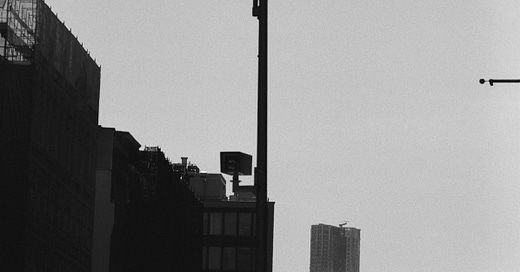

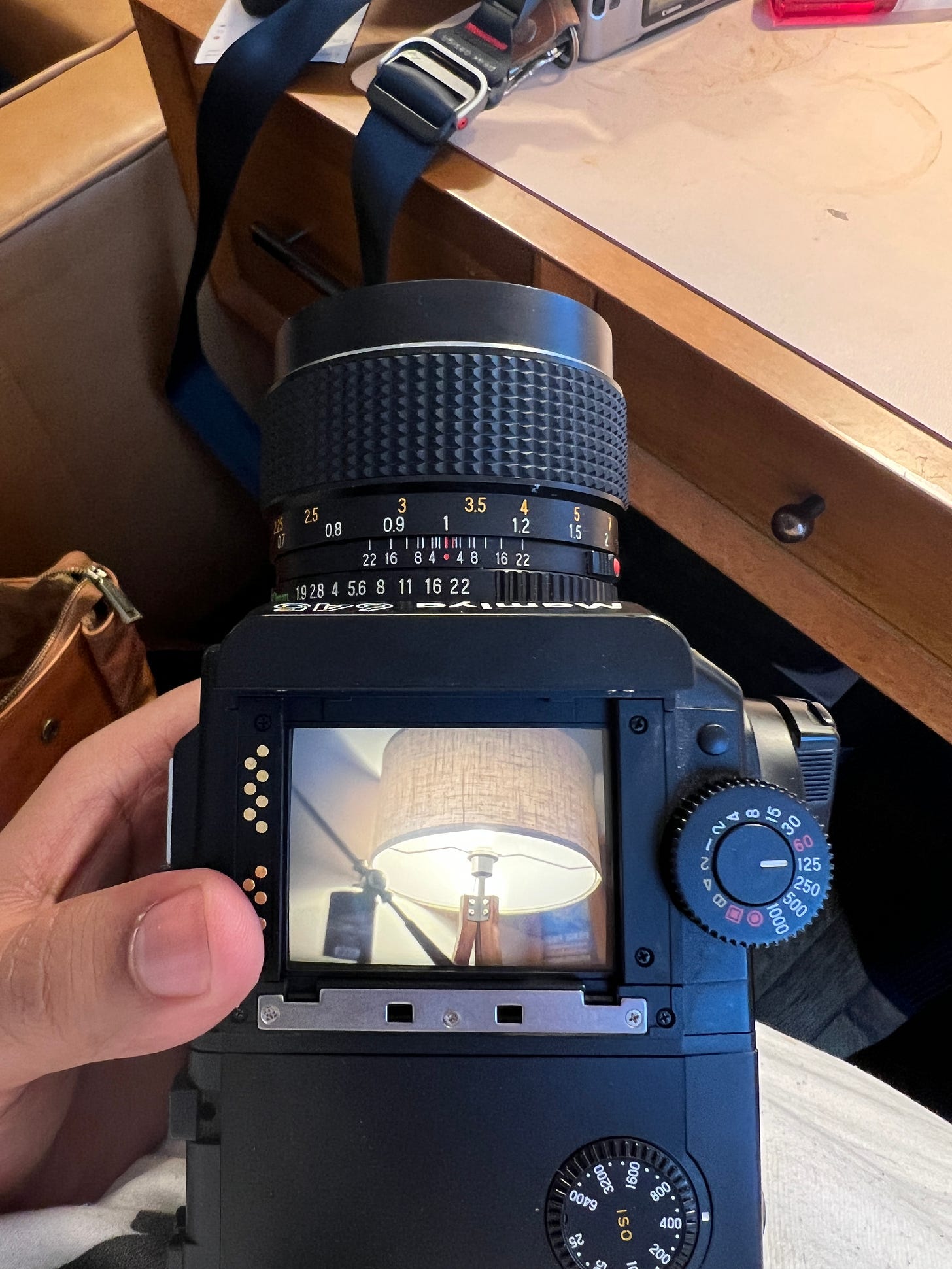
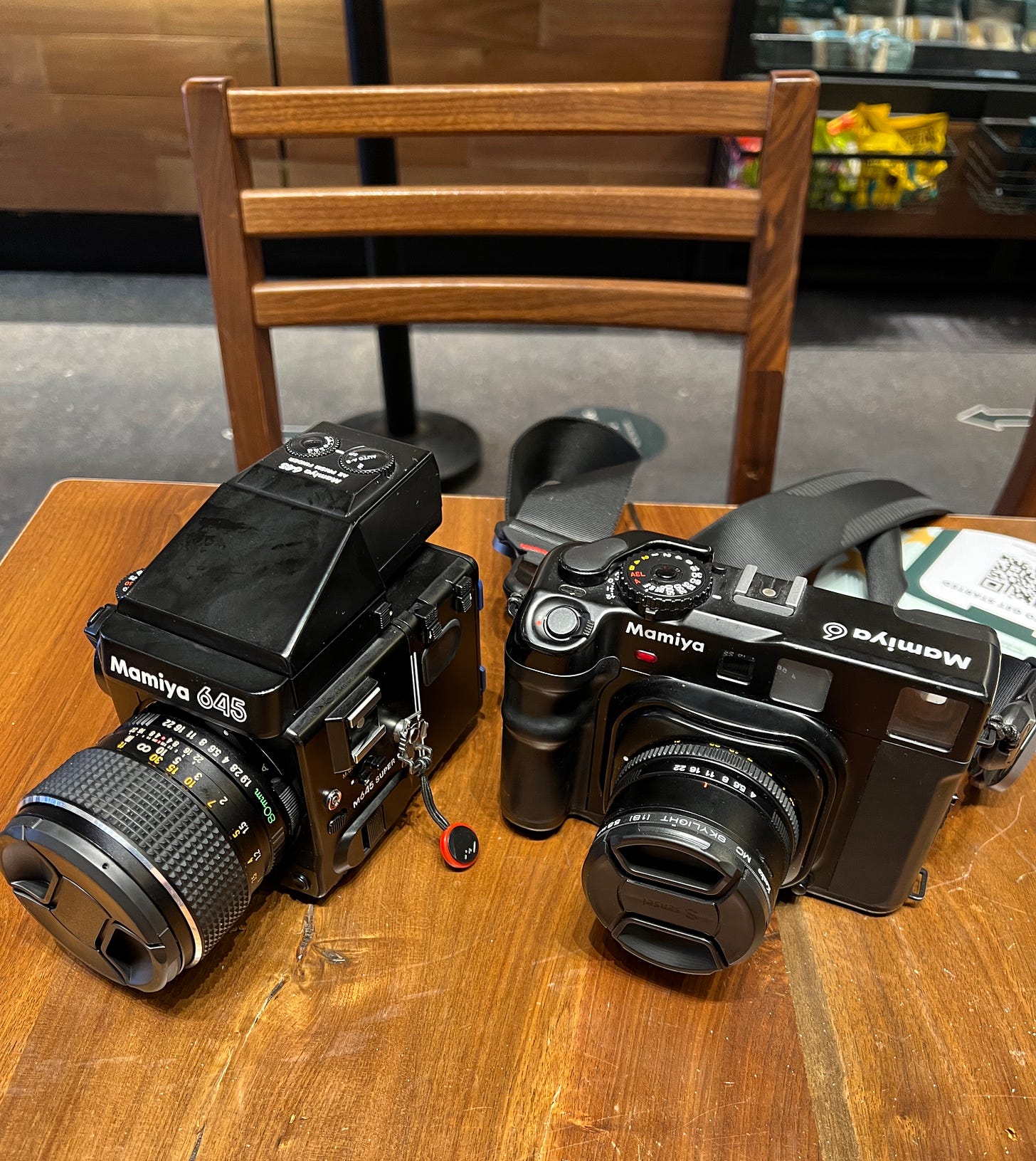
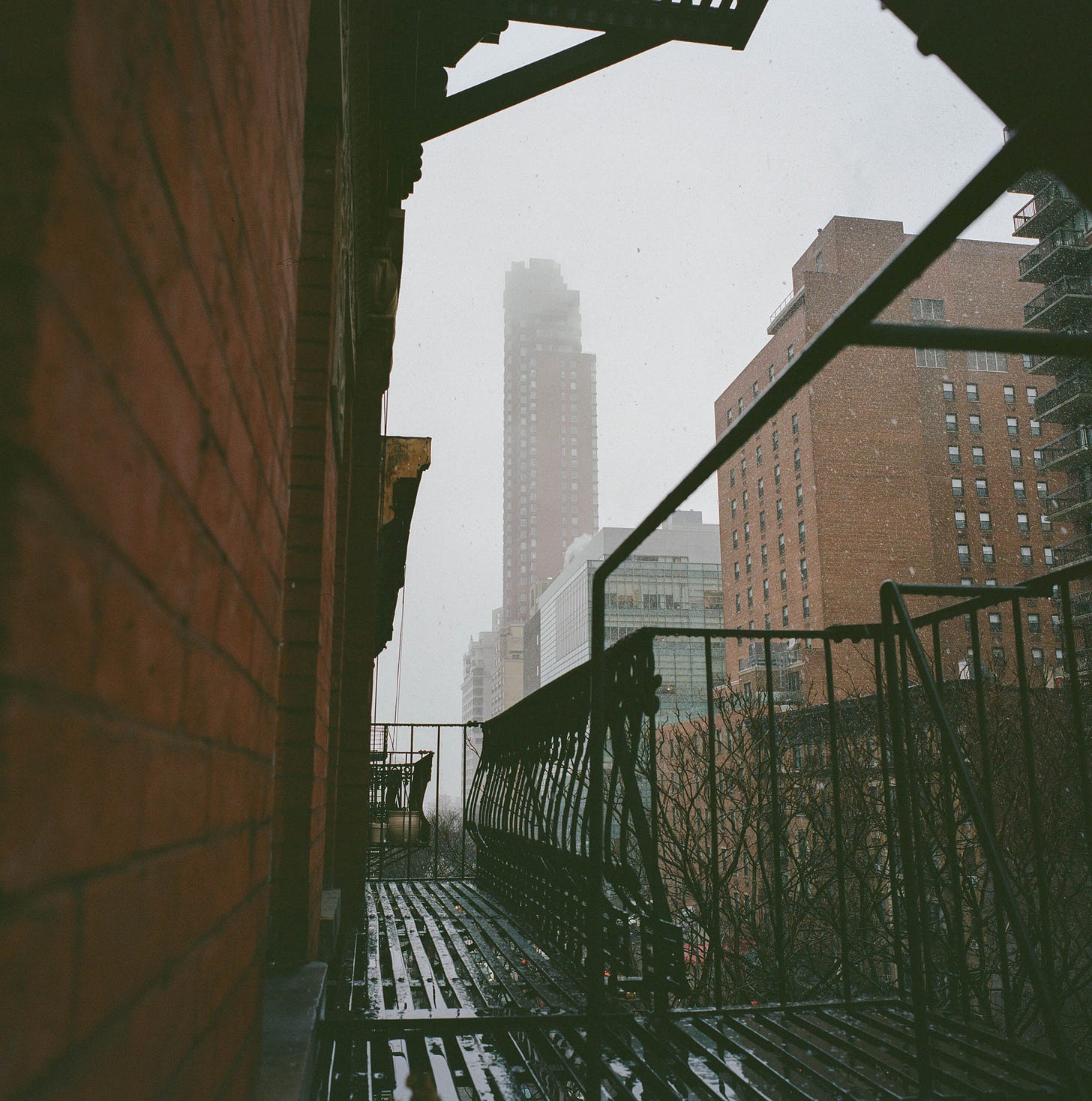
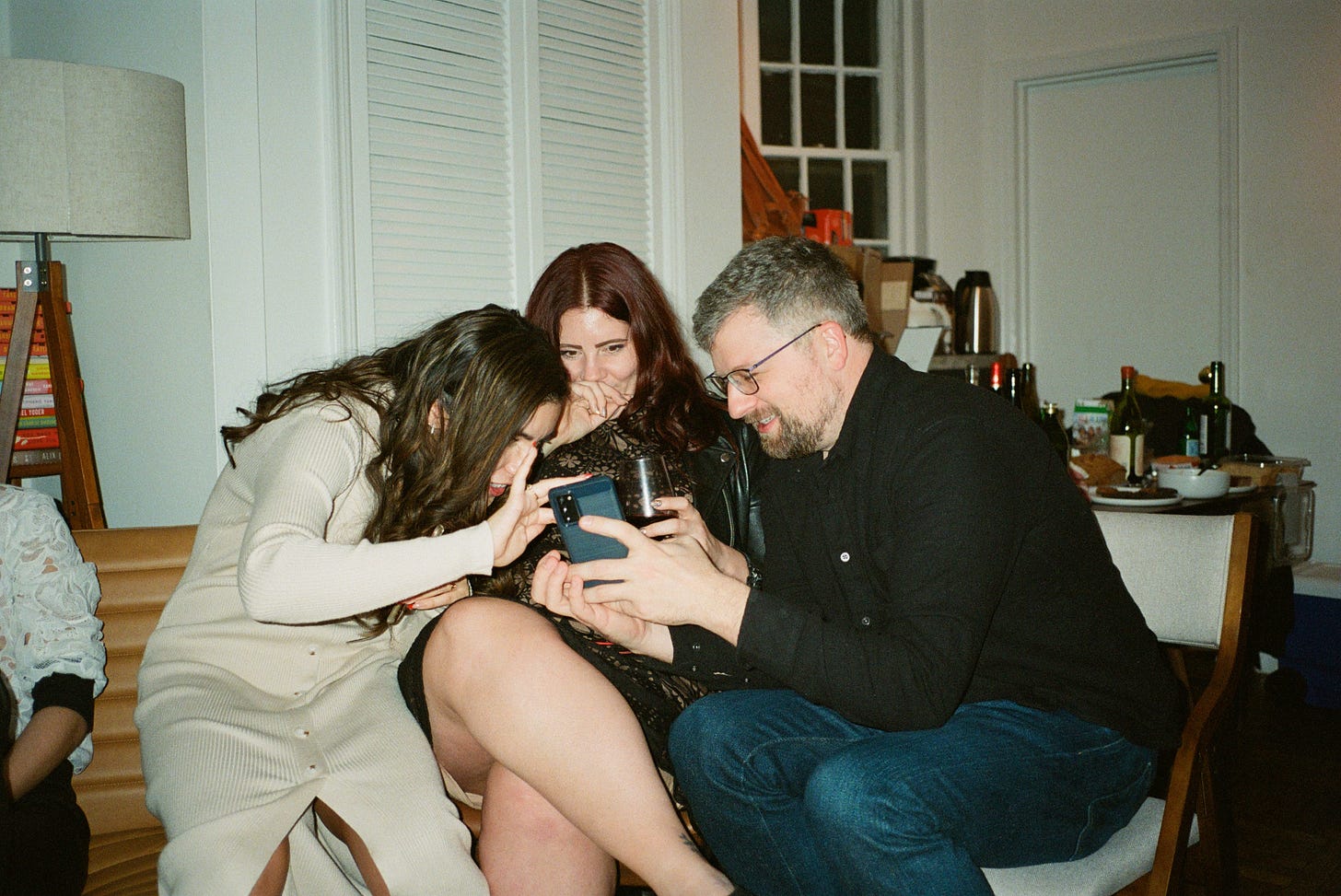
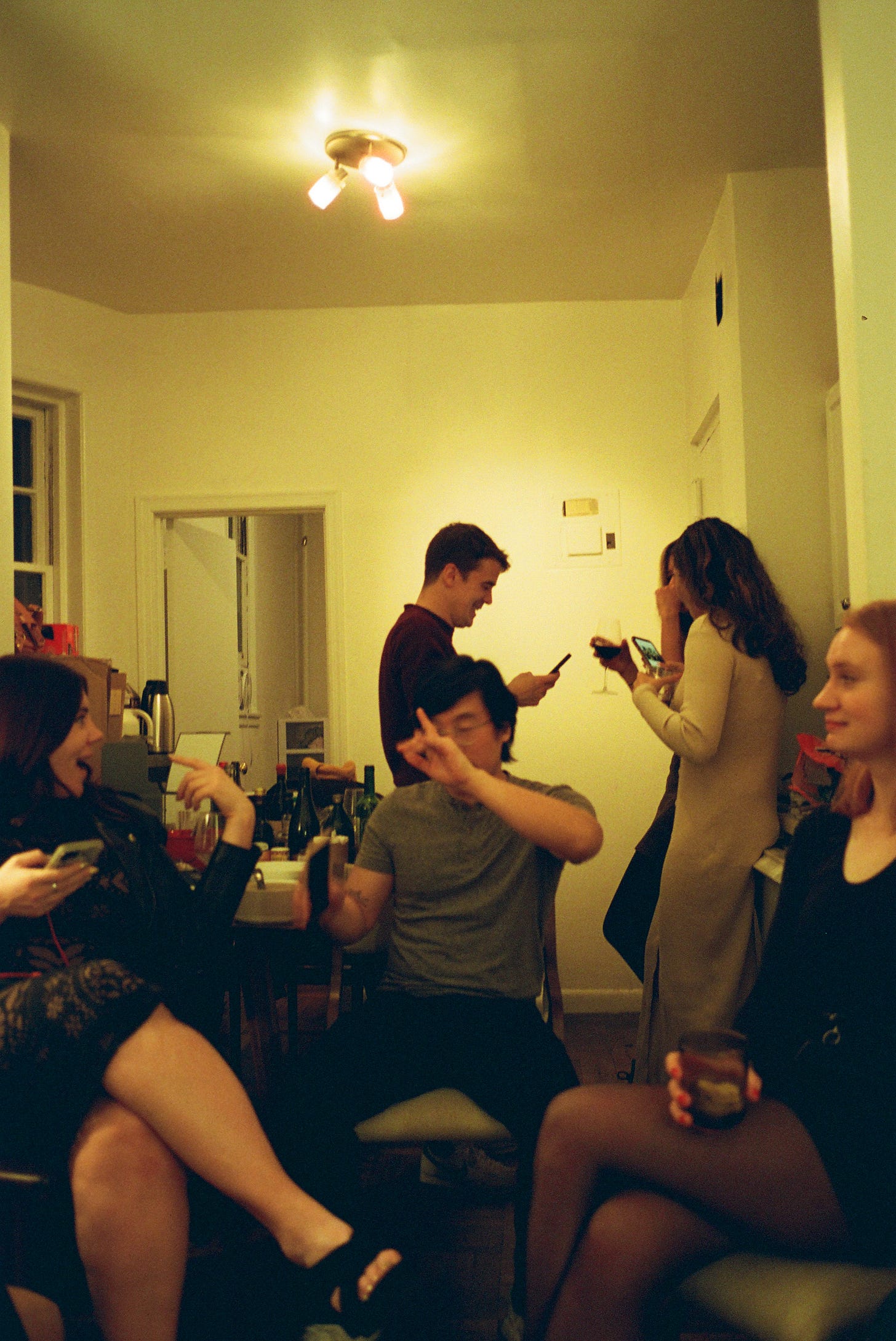
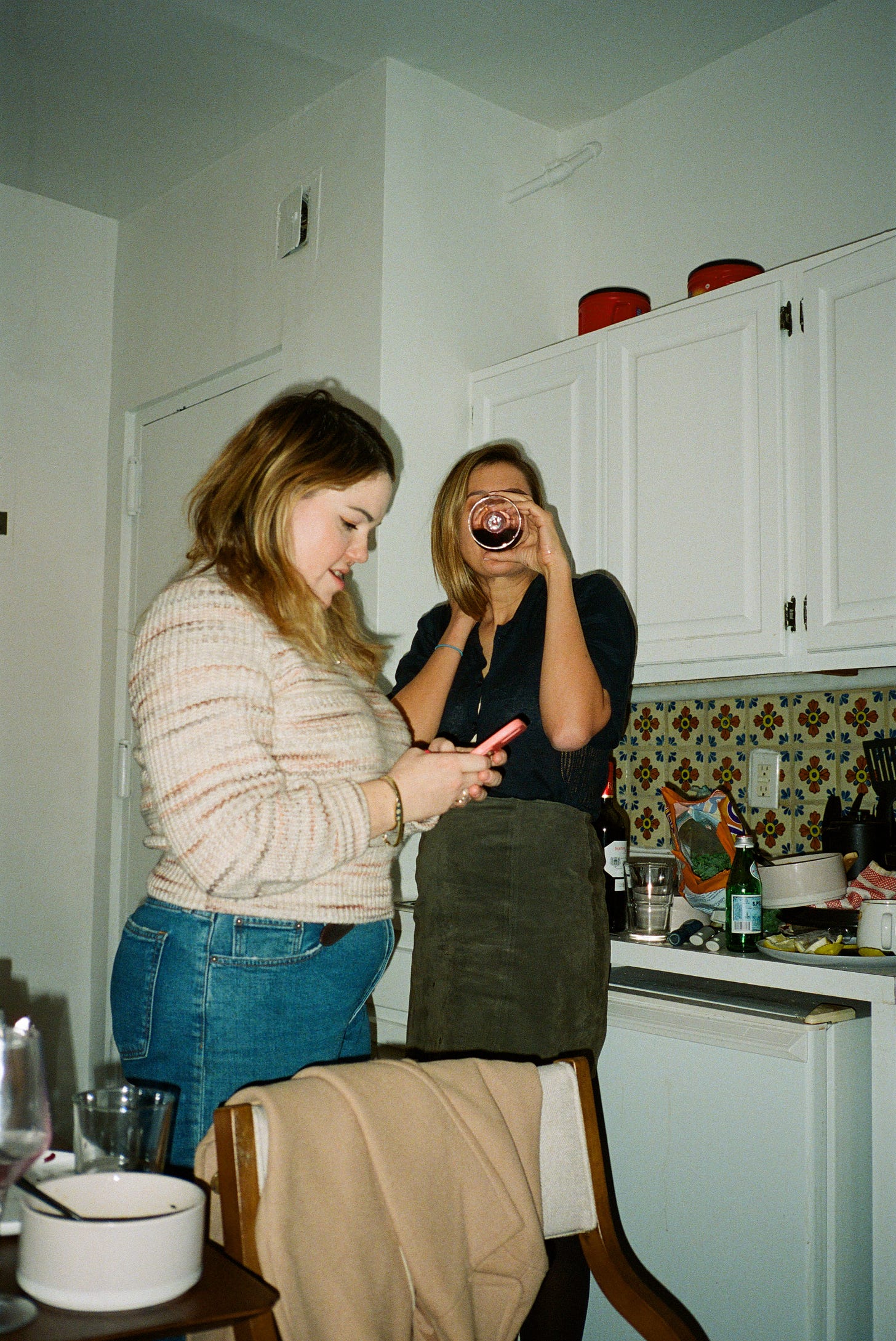
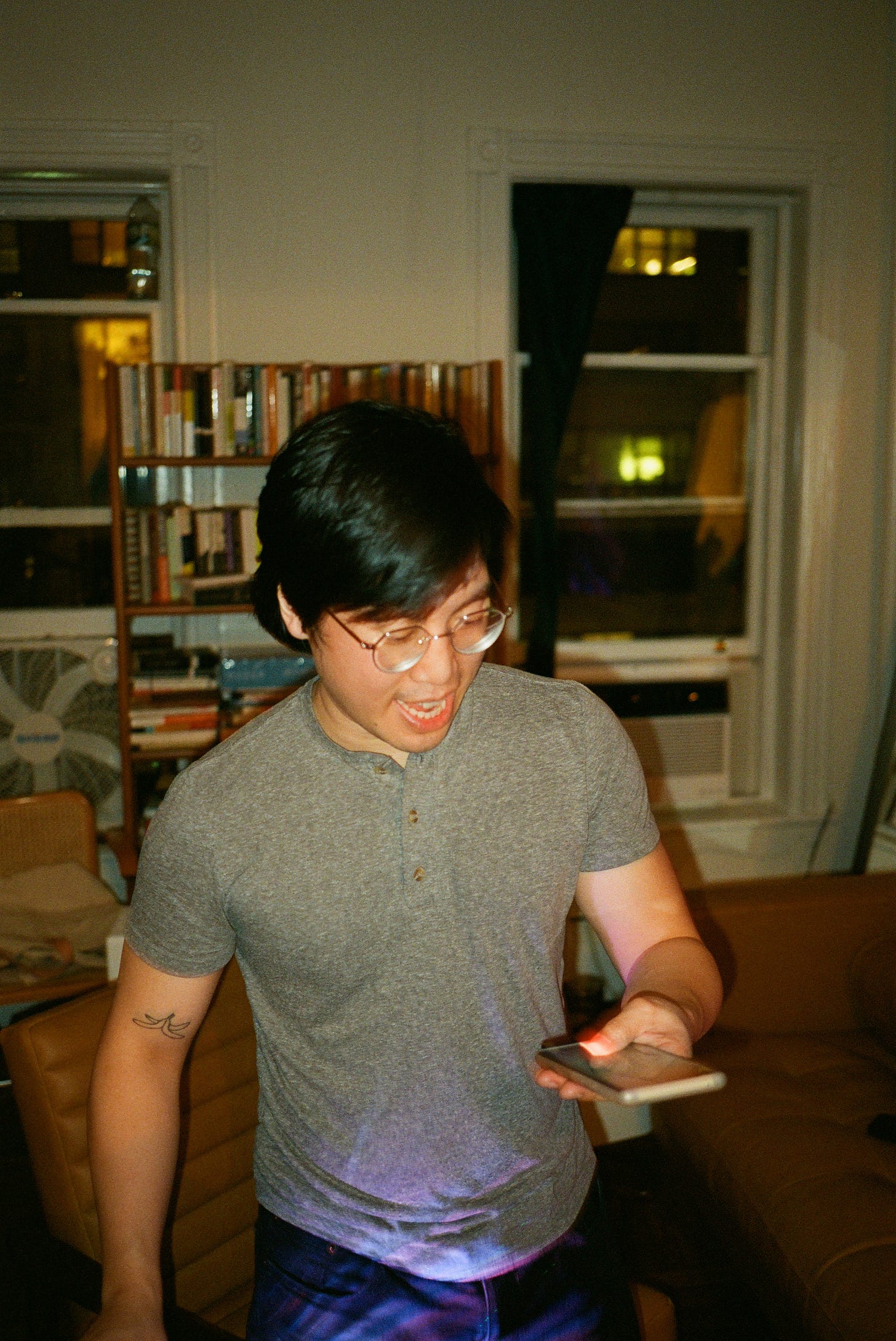
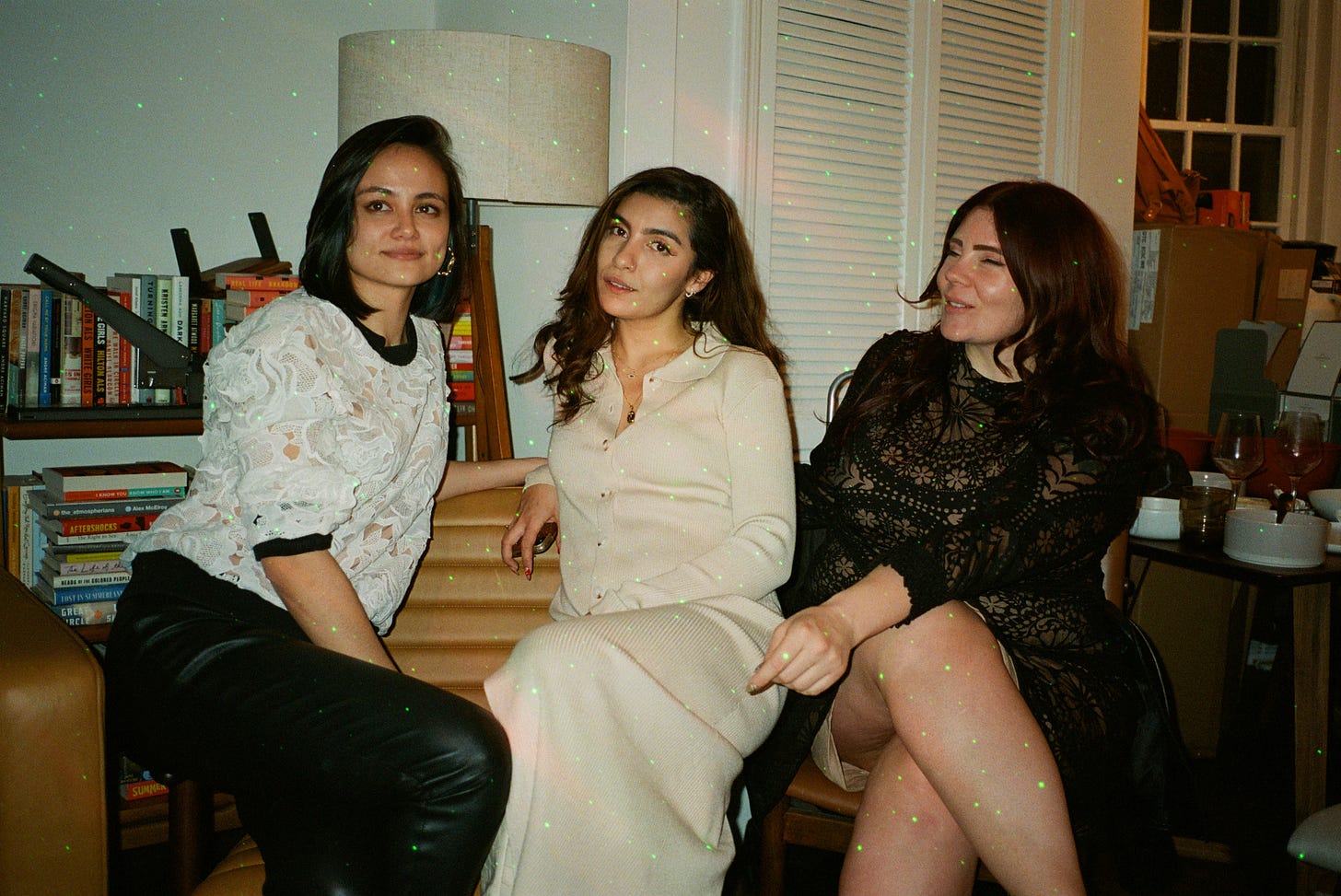




It has been lovely watching your photography adventures. I love how you capture my hometown (NYC), and I cannot wait for you to publish your photos. Also, this slaps: “In some ways, pictures put back the redactions in our lives caused by inattention or a lack of care.” So good and so true.
I can’t even describe the hope this piece gives me. What a balm for the soul to read this.